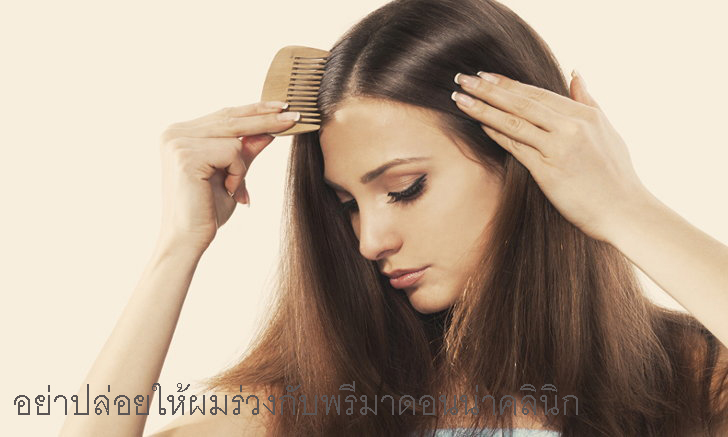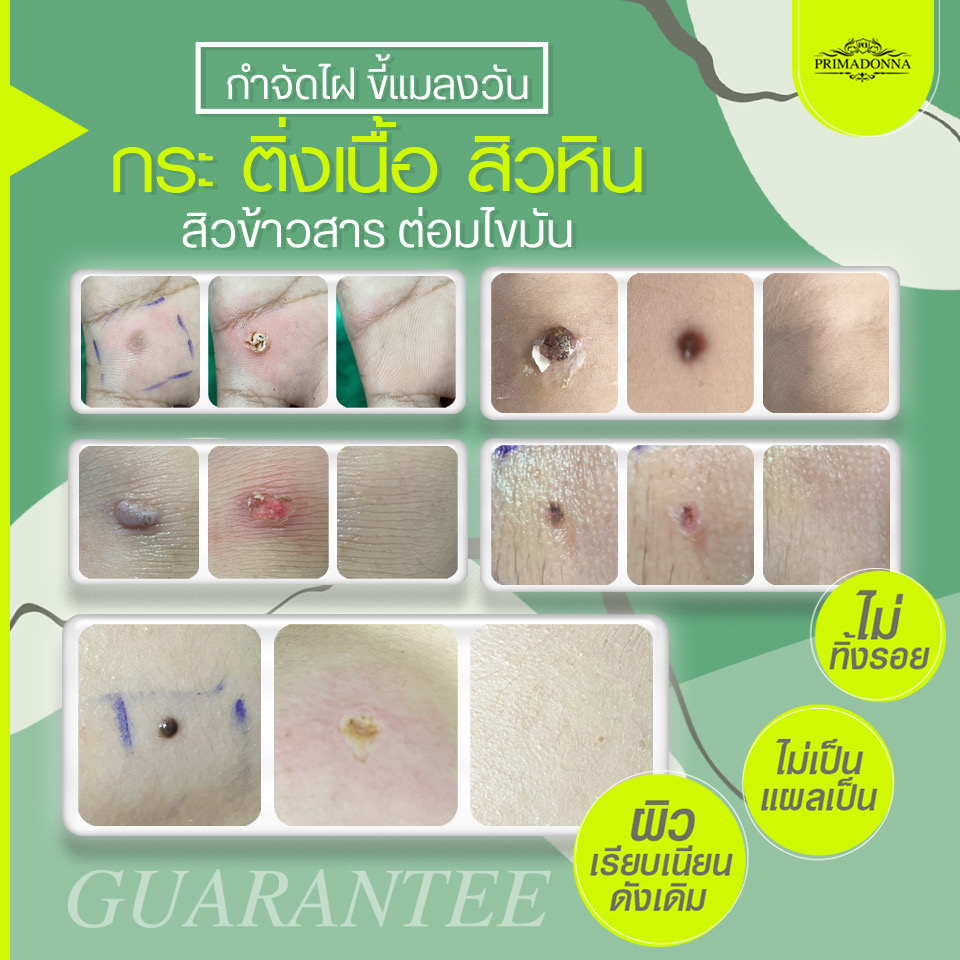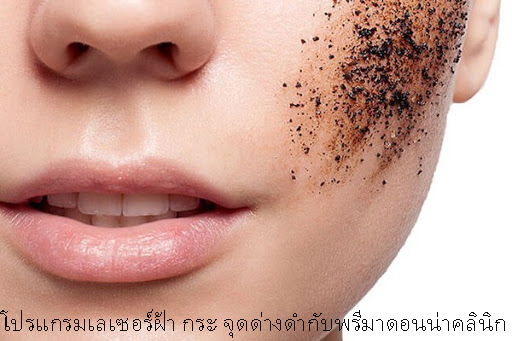
Hair loss Problem
Hair loss Problem
What is hair loss?
The medical term for hair loss is alopecia. There may be associated scalp disease or scarring.
Unfortunately, hair loss may not be easy to remedy.
Who gets hair loss?
As all our hair follicles are formed during fetal growth, it is inevitable that we will notice hair loss of some kind in later life.
Hair loss occurs in:
Hair loss can be an isolated problem or associated with another disease or condition. It can be temporary or permanent, depending on the cause.
How does hair grow?
Hair grows on most parts of the skin surface, except palms, soles, lips and eyelids. Hair thickness and length varies according to the site.
A hair shaft grows within a follicle at a rate of about 1 cm per month. It is due to cell division within the hair bulb at the base of the follicle. The cells produce the three layers of the hair shaft (medulla, cortex, cuticle), which are mainly made of the protein keratin (which is also the main structure of skin and nails).
Hair growth follows a cycle. However, these phases are not synchronised, and any hair may be at a particular phase at random.
The three main phases of the hair cycle are:
Hair length depends on the duration of anagen. Short hairs (eyelashes, eyebrows, hair on arms and legs) have a short anagen phase of around one month. Anagen lasts up to 6 years or longer in scalp hair.




